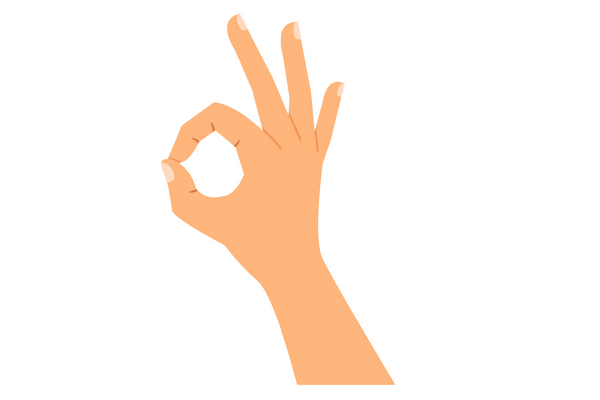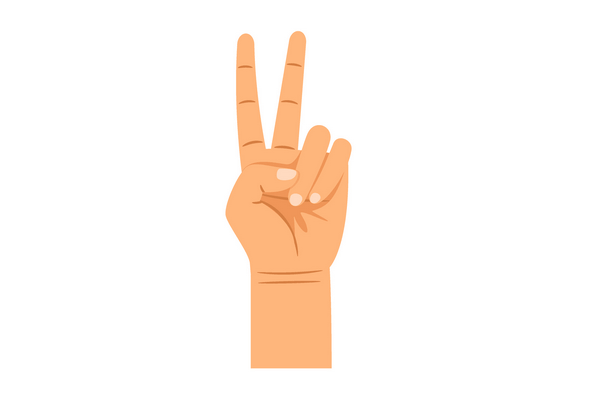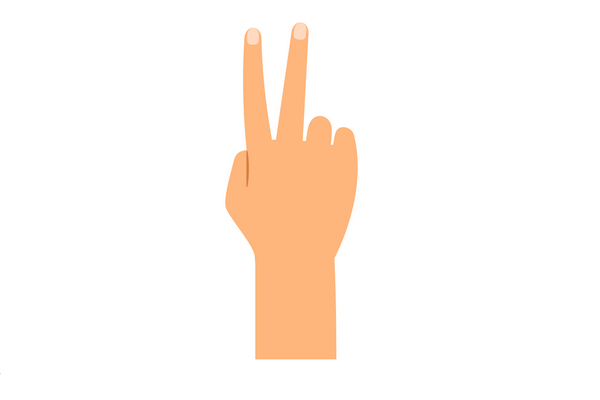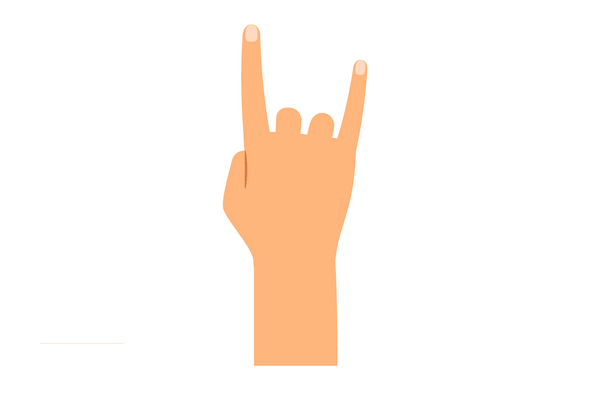Cultural differences in nonverbal communication
LEXIKA 04.09.2018 Meet the World with Lexika Reading time: 4 min.
04.09.2018 Meet the World with Lexika Reading time: 4 min. 
Did anyone ever look at you with astonishment or even outrage while you were abroad? Maybe you asked yourself, what exactly has just happened? The best-case scenario is that you immediately figured out, what the problem was or someone gave you a hint and you quickly made amends.
Before we visit a country, we should familiarise ourselves with its customs and know how to communicate both verbally and nonverbally. We can’t fix or ruin everything with just words after all. In some countries, nonverbal communication is much more important than verbal.
Some of the most common forms of nonverbal communication include gestures, facial expressions, proxemics (interpersonal distances), haptics (touching), posturology (posture), paralinguistics (phonetics) or eye contact. What do certain gestures and movements mean in other cultures?
Handshake

- USA, England, Germany, and New Zealand – it’s used when meeting or parting and if you know the other person well, you can skip this gesture
- France and the rest of Europe – people shake hands even if they know each other well, sometimes even several times a day
- Russia – shaking hands in a doorway is considered impolite and allegedly brings bad luck
- India, Middle East, and Asia – people can still hold each other’s hands, even after they shook hands
- Japan – handshakes are considered impolite, people bow instead and the lower they bow the more respect they are showing
Thumbs up

- USA – “OK”, “see you later”, or “cool”
- Brazil – “Thank you”
- Iran – a rude gesture, similar to giving someone the middle finger
- Egypt and Israel – “very good” or “perfect”
- Denmark, Finland, and Australia – “excellent”, “great”, and “well”
- China – “you’re the best!”
A-ok or Okay, (made by connecting the thumb and forefinger in a circle)

- USA and England – “OK”
- France and Belgium – “zero”
- Japan – “money”
- Turkey, Spain, and Brazil – it’s very offensive if not obscene
- Greece – a sign for homosexuals
The V sign
(made by raising the index and middle fingers and separating them to form a V, usually with the palm facing inwards):

- England, Australia, Ireland, New Zealand, and South Africa – it’s offensive, same as the raised middle finger
- The rest of the world – a sign for “victory” or “peace”
(made by raising the index and middle fingers and separating them to form a V, usually with the palm facing outwards):

- In the most parts of the world – “victory” or “peace”
The sign of the horns (made by raising the index and little fingers)

- Spain, Italy, and Greece – it signals that their partner was unfaithful
- The rest of the world – rock and roll sign
Fig sign

- Turkey, Greece, Italy, Germany, the Netherlands, Denmark – a rude insult
- Poland, Croatia – a sign for denying a request by kids
- Brazil, Portugal – it brings luck and protection from dark forces
- USA – often used in a game where you “steal” a child’s nose
Finger snapping
- France – with both hands at the same time, it means that you despise someone and you want to fight them
Touching
- England, Japan, Germany, USA, Australia, Canada, New Zealand, North Europe, and Portugal – they don’t like to touch
- Spain, India, Iran, France, Turkey, Greece, Arabia, parts of Asia, and Italy – touches are acceptable/common
- Asia – touching or pointing with your feet is considered impolite, you can’t rest your feet on a chair or table
- Nepal – crossing your legs is a serious faux pas
Nodding you head
- In most countries – a sign of agreement meaning “yes”
- Bulgaria – a sign of disagreement meaning “no”
- Japan – “yes, I understand”, “yes, please, continue”, sometimes “yes, I agree”
- India – agreement is shown by tilting your head side-to-side
Kissing and hugging
- Southern Europe – a totally standard form of greeting, whether it is a close person or not and no matter the gender
- The Netherlands, Switzerland, and France – women kiss both men and women; men, on the other hand, prefer handshakes and only accept kisses from their fathers or close friends
- England – they don’t exchange kisses on the face at all, as is customary in other parts of Europe
- USA – “air” kissing or the pretence of kissing is becoming more and more popular, you don’t need to touch the cheeks, you just kiss “the air” near the cheek
- The Middle East – kisses between a man and woman are considered inappropriate, with the only exception being the husband and wife or close relatives; when two people of the same gender are greeting, kisses are common
- Turkey – they often kiss on the face, even between men, unless they meet for the first time
Did you also encounter some similar differences in other cultures? We’ll be happy, if you share them with us in the comments section. 🙂

We understand that when people communicate better, everything runs more smoothly, so we’ve made it our mission to help you get the best out of your business.
Share it!
Quite interesting to the norms of other countries.
*to know*
Thanks it helps me alot in my english subjecct